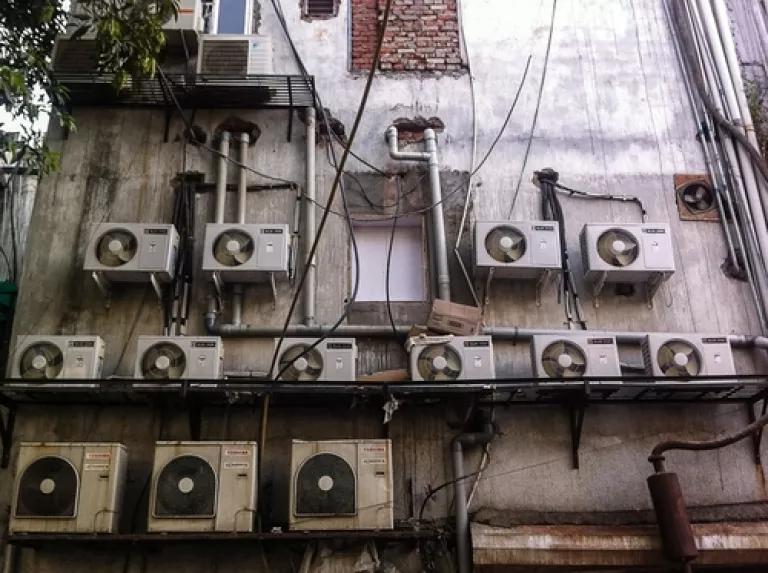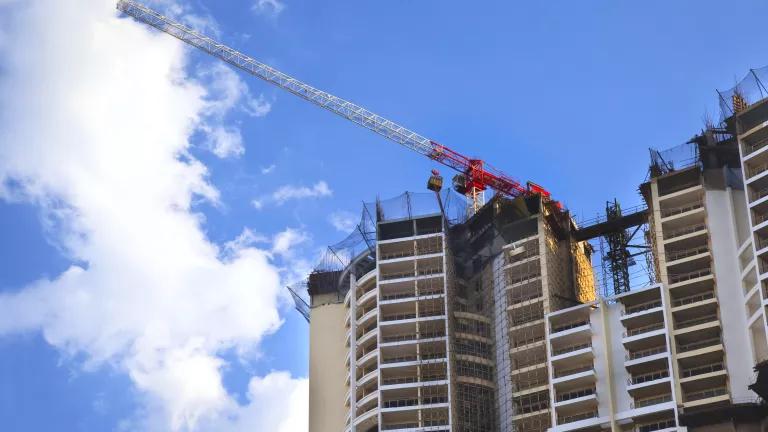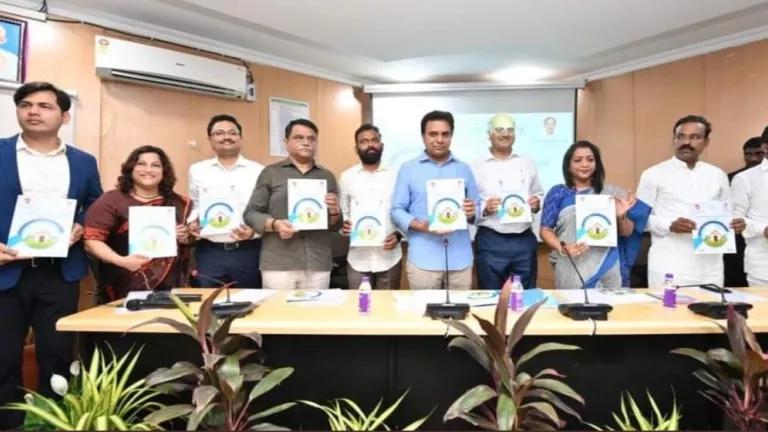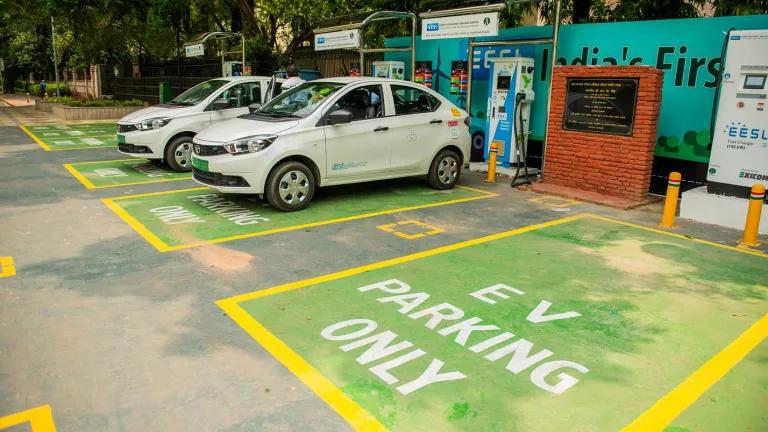Guest blog by Bhaskar Deol, NRDC India representative
As Delhi scorches at a peak temperature of 45 degrees Celsius (113 Fahrenheit), previous records for the city’s peak power demand are being broken every week. Power consumption in India’s National Capital Region touched an all-time high of 5,178 megawatts on Friday, June 1 afternoon. The two previous records were both set in the last week of May. Power demand in Delhi has been rising at a rate of 20% every year. What is even more worrying is that these peak events are usually recorded in the months of June and July, meaning more pain is in store for Delhiites, who are gearing up for rolling power outages and blackouts just when the summer temperatures are at their highest. Air-conditioners are a major source of peak power demand. Statutory bodies such as the Bureau of Energy Efficiency in India are pushing forth efficiency standards that would reduce energy demand by air-conditioners and result in fewer power outages.

The National Capital Region of Delhi has the highest per-capita income in the country; it also has correspondingly high air-conditioner usage. As more and more people switch on their air-conditioners in the afternoon to keep cool on hot summer days, Delhi’s peak demand spikes, making the maximum demand nearly double of the minimum demand during the same day. This creates two problems for power companies. First, unlike the western world, India does not yet have a policy for power plants that can be brought into service just to meet peak demand. Indian power plants are base-load plants that are therefore unable to respond to large variations in demand and cannot be switched on and off very frequently. This means that when utilities struggle to match base-load supply with peak demand, they have few alternatives to letting the city blackout. Second, downstream in the power supply chain, distribution companies – companies that buy power under long-term contracts – have to make good any shortfall in contracted supply by buying power on spot markets at exorbitant rates. This increases the average cost of power for all end-users.
Two recent studies, one by Maharashtra Electricity Regulatory Commission (MERC), and another by India’s Bureau of Energy Efficiency (BEE), show that AC power demand forms a lion’s share of peak demand in Indian cities. While the MERC study pegs power demand from ACs at 40% of the total demand for the city of Mumbai in a peak summer month, the BEE study estimates that a staggering 60% of peak demand is used up by air-conditioners. This makes a compelling case for strengthening efficiency in air-conditioners. Improved efficiency standards for air-conditioners hold huge potential to achieve savings for power companies and end users while avoiding harmful carbon emissions.
More efficient air-conditioners help in three ways. First, improved air-conditioner efficiency at peak temperature load means less consumption in weeks like this one. The energy saved can directly help reduce the amount of power outages and help keep the electricity grid operating when it would otherwise black out. Efficient ACs can make Delhi’s peak power demand spikes less sharp, and help avoid (or more likely delay) new construction of power plants and reduce the average cost of power. Second, because power outages are common, most commercial and high-end residential facilities rely on diesel backup generation. A kilowatt of peak savings means the backup generator can be sized a kilowatt smaller, saving capital expense for homeowners and businesses. Third, as most backup power generators use diesel fuel, efficient ACs would use less diesel, thereby saving CO2 emissions on-site.
BEE – a statutory body under India’s Ministry of Power – issues energy efficiency labels to appliances under its star-labelling program, indicating the level of energy saving to help consumers differentiate efficient appliances from inefficient ones. Appliances with higher energy efficiency get a higher star rating and help save on electricity costs. BEE recently upgraded requirements for star rating of split type room air-conditioners by about 8% and plans to continue to ratchet standards up by a similar magnitude every two years in order to shift the market away from inefficient air-conditioners to more efficient ones.
Greater opportunities for savings from air-conditioners exist in making the procedures used for testing by statutory bodies more representative of the actual use condition, such as the 45 degrees Celsius summer days in Delhi. Designing and testing appliances at temperatures close to the conditions when they will most likely be used offers the widest range of engineering and design options for AC manufacturers. Over the next few months, NRDC will be engaging with our partners in India to wor with the BEE, statutory bodies, AC manufacturers, research organizations and industry associations to improve performance standards as drivers of significant efficiency savings in the country.



